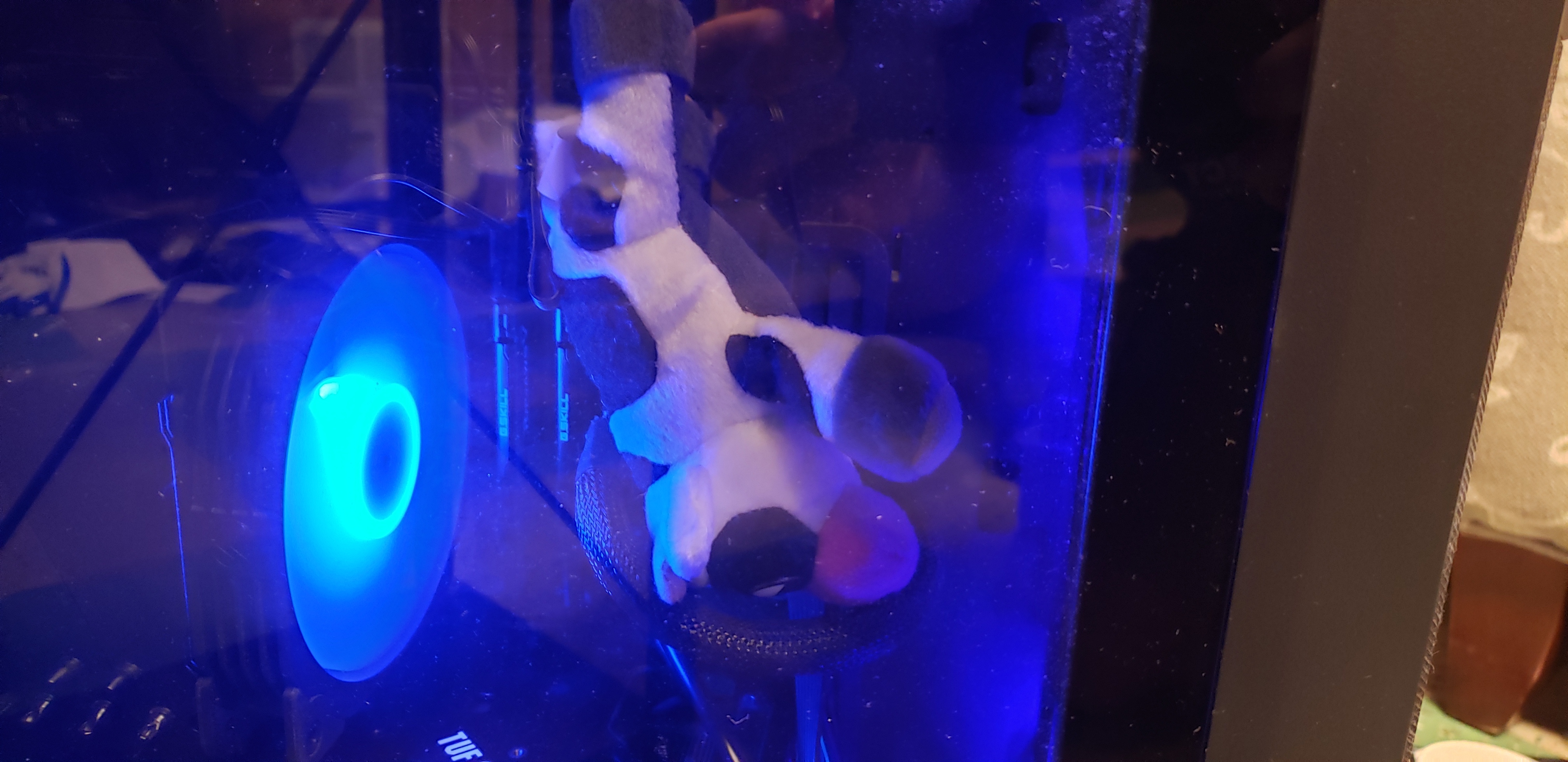Background: I’m not “new” to linux, but this is my first year daily driving it. I have been running Mint on my main PC for a little over a year, and I love it.
My super old chromebook (Acer c720) has reached end of life. It is no longer supported by Google, and will not receive updates. I’ve toyed with dual-booting it to Linux in the past with Bodhi, but eventually it broke, and I ended up reverting to ChromeOS. That was years ago, and my patience/knowledge has grown, and I’m committed to switching.
So the other day I went ahead and pulled the trigger. I removed the write-protect screw from the Chromebook’s motherboard, and installed Debian 12. I really just chose Debian because I already had a flash drive with the ISO on it for a different project (rooting my Dreame vacuum). It also runs GNOME by default, and I had never used that, so I thought it would be worth a try.
Turns out, I didn’t mind GNOME, and I really loved the three-finger swipe to switch workspaces. BUT… The function keys on the chromebook that are used for changing the screen’s brightness don’t work. So I dove down the rabbit hole of trying to get those to work. Found ‘xbacklight’ and gave it a go. didn’t work, and I struggled with it for a few hours until I discovered that xbacklight doesn’t work with Wayland… So I attempted to disable wayland, and also made some other changes that lead to my Chromebook not completing its boot up… whoops. Every challenge is an opportunity, so I figured - why not explore some other distros, and see if I can’t find one that fits my needs a bit better?
Now the request: The hardware of this machine is OLD, so I am hoping to put something super light on it, but still be able to have a few features:
- Trackpad gestures (swapping workspaces, navigating firefox).
- Window snapping (left and right panes at least)
- I don’t care too much about how it looks, but I need to be able to map the function keys to volume and brightness.
I have been lurking on Lemmy for long enough to have watched all the memes/conversations about different desktop managers (GNOME/Xfce/etc) but I never really understood what the deal was, but now I am coming face to face with that decision, and I’d love some “professional” input!
Edit: the only “real” activities I will use this for is web browsing, terminal stuffs for my servers/other machines/homeassistant, and some note taking. So default programs can be SUPER minimum.
This is the first I’ve ever heard of a write protect screw. That’s so silly!
Yeah, you don’t have to remove it (I didn’t when I tried this 10 years ago) but if you don’t you always have to hit ctrl+l when it boots, or it could get stuck looking for ChromeOS. The hardware is so old now, I don’t really care if I brick it. I’m just learning about linux by goofin.
Elementary OS might be what you are looking for. It has their own DE (pantheon) that I think was one of the first to implement 1:1 gesture navigation. It still uses X if I’m not mistaken so you are probably going to be able to use the backlight correctly.
Looks interesting! Seems it pantheon is built on top of GNOME, so wouldn’t that make it a bit heavy for my 2GB RAM beater? Or is there really not that much difference between the different DEs with regard to resource usage?
Ohhhh, didn’t see the limited ram… maybe something with Xfce is the better option. With some customisation it looks very very good and is very very light
Is XFCE good on Touchpad gestures, though?
After some serious googling, it looks like gestures is a feature that really only exists in the “luxury” DEs. There is something called Touchegg and Touche that can add them to others, but I’m not far along enough to know if it will do what I want it to.
I just tried debian with Xfce, and it’s pretty fast, but I REALLY love using gestures! It makes my tiny screen feel way bigger.
I’m running arch on my Chromebook I followed the wiki for WiFi then ran the arch install command and set up xfce4. That worked with xbacklight and hot keys setup. I needed a script from mrchromebox to get the speakers working as well but everything else worked out of the box.
I’ll be honest, I’m a bit scared of Arch, but this might be the push I need to give it a go. What’s the worst that happens?
Can you add trackpad gestures to Arch?
If you want a little bit of hand holding to ease you into Arch, Endeavour OS is a pretty smooth distro that makes the install and configuration easier.
Interesting! Looks pretty slick. Might be a nice stepping stone into that world. This chromebook is so old that it could be a perfect playground for this sorta thing. I don’t have any important files/apps or anything on it that I’m afraid of damaging or being without. Thanks for the suggestion.
I honestly haven’t tried, but I have seen this gesture support in the AUR
I had to use the script twice because I did something stupid the first time but honestly the worst case is you try again!
Second Arch. I’m running it on my EOL chromebook with coreboot now. Everything works as intended.



